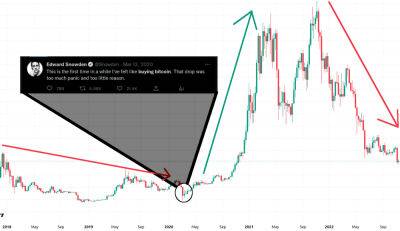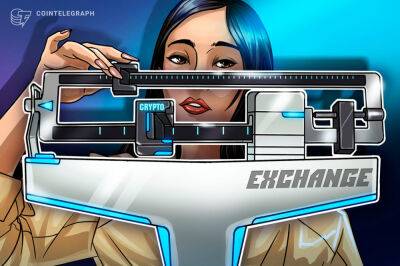How decentralized exchanges have evolved and why it's good for users
Decentralized exchanges (DEXs) first appeared in the cryptocurrency industry in 2014, allowing users to trade a wide number of assets peer-to-peer.
However, the first iterations of these platforms could be difficult to use. But, since their inception, developers have worked to make them easier and more accessible for users.
Decentralized exchanges work by using smart contracts to fulfill orders placed by traders, allowing users to trade directly with each other instead of relying on a centralized platform. Unlike a centralized exchange (CEX), when traders engage with a DEX, their funds are not stored on the exchange. Instead, users initiate trades directly, with tokens being taken and deposited into their noncustodial wallets.
In the past, most DEXs used order books, a system that keeps a record of all the open buy and sell orders placed on an exchange. While many decentralized exchanges still use order books today, automated market maker (AMM) DEXs have grown massively in popularity due to their simplicity and increased liquidity.
AMMs use smart contracts and liquidity pools to improve decentralized exchanges liquidity while also managing the price of a token whenever a trade is placed. When traders access an AMM-based DEX, they interact with liquidity pools that store multiple token pairs.
For example, if a trader wants to swap Ether (ETH) for USD Coin (USDC), they’ll interact with a pool that stores equal amounts of both tokens.
Recent: Why crypto remittance companies are flocking to Mexico
These pools are filled by liquidity providers who earn a portion of the fees generated by the DEX in exchange for providing liquidity. This makes it possible for trades to be settled directly without waiting for an order to be filled.
Tr
Read more on cointelegraph.com








